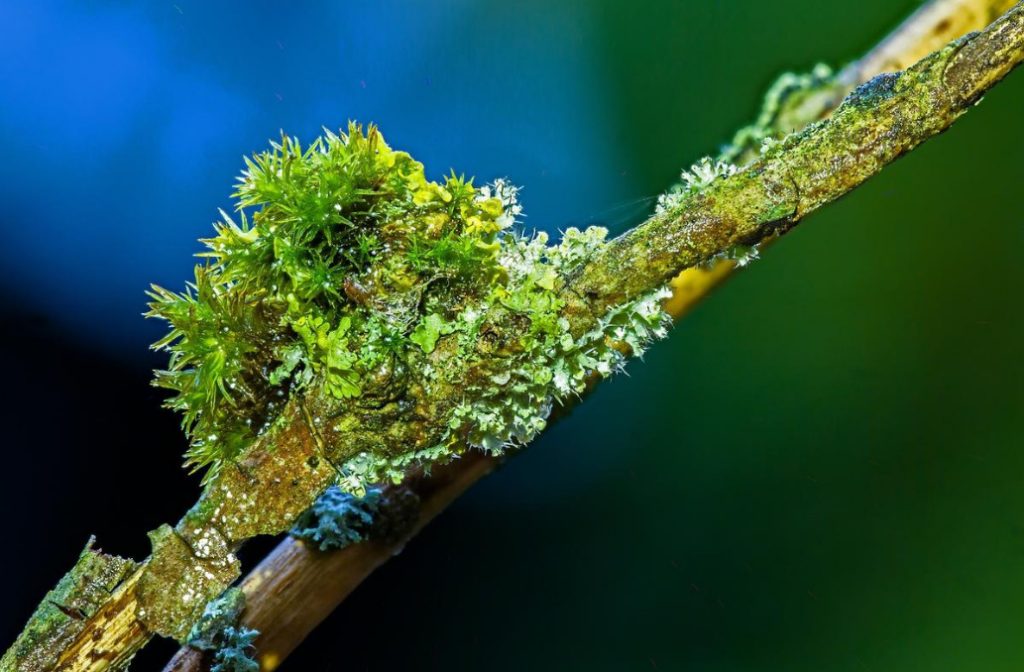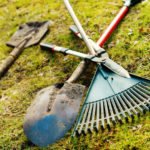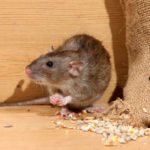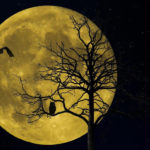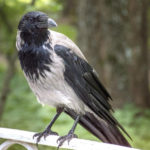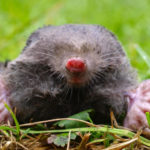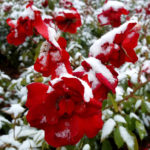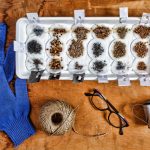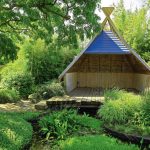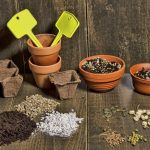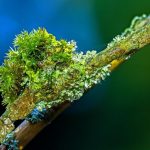Mushrooms, mosses, lichen – who is superfluous?
In adult gardens, gentlemen live on trees. They also (but somehow in their own way) like apples, pears, cherries, plums… Here are Polypores mushrooms-although they have a romantic appearance and smell good, but they are definitely pathogenic: they decompose wood with mycelium. For which they are subject to destruction. However, we usually see the fruit body in the form of known shelves or “ears”, and not the mushroom (mycelium), which is much larger and more secretive .

If you remove and treat with vitriol the place where the fungus grows, you can not say that the mushroom is defeated. It is necessary to monitor the problem area and achieve sustainable regeneration of tree tissues in the affected area – this will be a sign of the tree’s victory over the fungus. If regeneration does not occur – and this is evident from the fact that the callus does not grow on all sides of the cleaned surface of the tree – then the fungus most likely takes over, and the tree is not able to overcome it in this place. Only cardinal surgery will help here.
If we want to get a garden with maximum impact and productivity, then of course we must fight all those who sit and ride on our trees in all possible ways, not excluding chemistry. We have quite old trees in our garden. I conduct regular selective furrowing of trunks and skeletal branches with a hacksaw blade. This process is akin to changing the upper protective epithelium in humans. It can be washed off with alcohol and other solutions, scrubs, or you can just scratch it. Both are good, as you know, in moderation.
As a result of furrowing, the area of the bark is actively rejuvenated. Stripping and partial removal of a layer of moss, lichens and other things as if gives the tree a certain head start in the system of biocenosis tree-moss, tree-lichen.
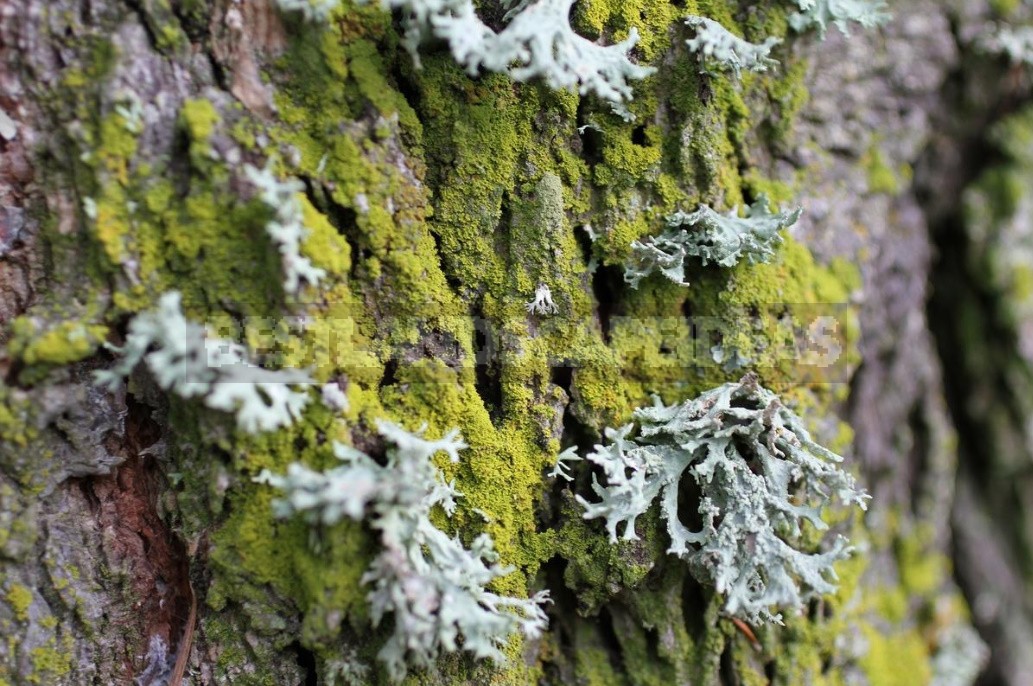
I don’t like whitewashed trunks in the garden. I love mossy and lichen-covered trees, and I see beauty in them. There is the idea that mosses and lichens possess anti-bacterial and antibacterial properties. Thus, sphagnum and Usnea growing in forests were used during wars as an absorbent wound-healing material. Gardeners know that it is best to store bulbs and cuttings in sphagnum. Symbiosis with a tree consists in the suppression of putrefactive, pathogenic microorganisms by a colony of moss or lichen. But this requires further research.
Knowing that lichens are indicators of fresh air, I inhale it with pleasure and watch with concern how they feel, whether they bend. I try not to use chemistry as long as possible. We are not so much afraid for ourselves as we are happy to see butterflies, ants, and snails in the garden. My plan for tree care is to maintain a balance between utility, expediency, and the environmental side of things.
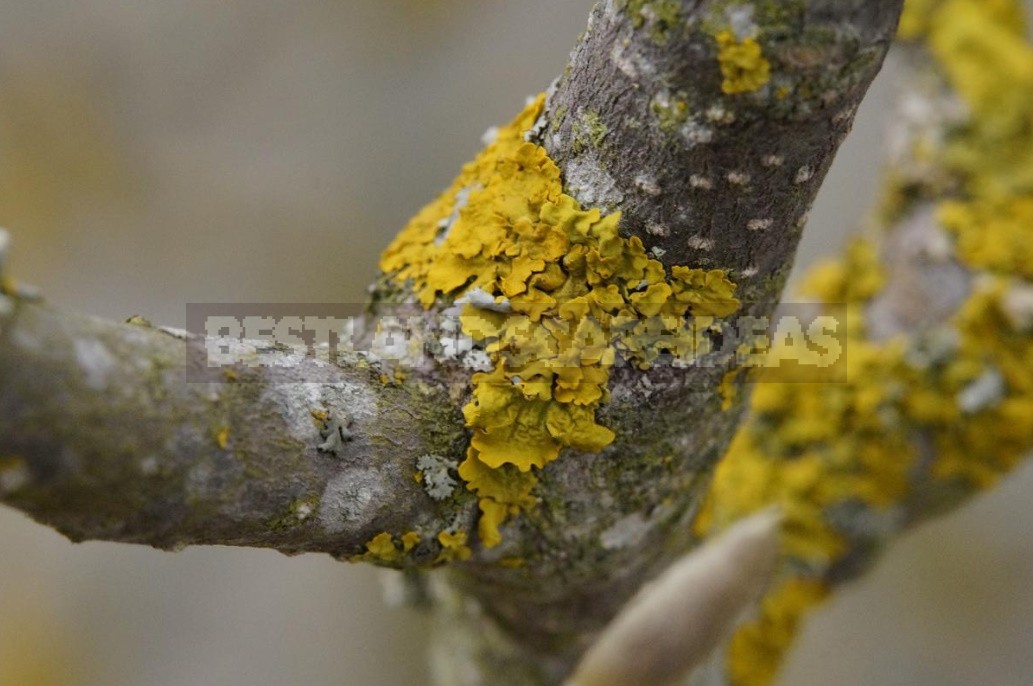
The above has to do with an adult, I would even say, partly old garden. A young garden should be cultivated using all known modern agricultural techniques, using poisons to varying degrees, bleaching the trunks from burns, etc. The strength of a long-lived garden is laid in youth.
So, measures for the care and maintenance of garden tree trunks:
- filing and pruning all unnecessary items,
- detection of necrotic areas of the trunk, with fungi, frost-bites and other pathologies,
- cleaning the edges of all damaged surfaces, cutting and scraping crooked grafting knife modified wood,
- thorough painting, filling and sealing of wounds and cavities in good weather,
- furrowing overgrown with moss and lichen parts of trunks and sections of old sections, tightening holes and wounds of previous years.
